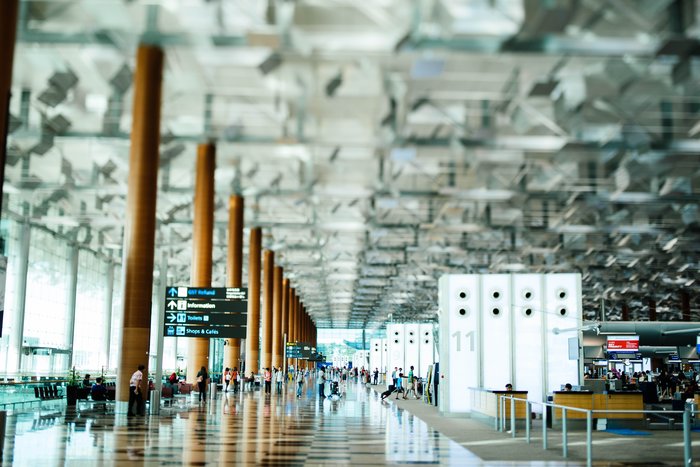Simon Meyer, managing director of aviation solutions at Human Recognition Systems, explores the lengths airports go to during peak times.
It’s a well-known fact that airports are running at near capacity all year round so when faced with seasonal peaks, they are stretched to their limits. Passengers are usually realistic in their expectations during busier periods, but this can quickly turn to frustration if they aren’t kept informed of the situation. It’s how airports respond to the seasonal variations that is crucial, and how quickly passengers can be efficiently moved through the airport that affects operations and customer satisfaction.
Creaking at the seams
As well as passenger numbers increasing year-on-year, airport and airline processes are also adapting to an ever-changing climate. Rigorous new measures in reaction to the ongoing global security threats mean there are generally more checks to pack into the limited timeframe before a passenger boards their flight. Increasing regulation on compensation for passengers with delayed or canceled flights – as well as the cost of airlines missing their departure slots – is contributing to the added financial pressures from every angle.
With this in mind, airports have a challenge on their hands: how can they process increased passenger numbers in an already creaking infrastructure while managing airlines and on-time departure performance? Last year, Heathrow set a new single-day record, with 259,917 passengers processed on Friday, June 30, 2017. This represented almost four people per second. That’s a huge number of people passing through their doors that will undoubtedly put a great deal of strain on resources and systems within the airport.
As much as airports try to make their environments a pleasant place to spend time, no one really relishes the idea of spending more time than necessary in terminals. Passengers are focused on getting to their summer holiday destination as quickly and smoothly as possible. For some, they’ve saved up all year for their week in the sun, so it’s important that airports and airlines understand their frustrations and work to make the experience as smooth as possible during peak periods.
Meet in the middle
Let’s not forget that, ultimately, airports and airlines are businesses and that means decisions have to be made on the basis of efficiently managing operations with the resources available. Passengers are naturally considered part of this process, but it can be difficult to minimize impact on their experience when there are operational challenges.
The main issue is the lack of real-time insight into capacity across the airport – from security to the international departure lounge – so apart from a quick glance out across the hundreds of people milling around looking increasingly frustrated, there’s no visibility of the real picture of capacity at any given time. This is down to siloed data held by the airlines and airports.
At some point, a decision needs to be made regarding who ‘owns’ the passenger. Is it the airport, the airline, or could it be both? The passenger operational database holds the information that could unlock a whole raft of opportunities to improve the passenger experience, once the two parties meet in the middle.
Leveraging smart technology to process passengers and the resulting data efficiently is one way to provide airports with that constant, accurate overview of passenger flow while maximizing revenue. This is proven technology that is being used successfully in a number of airports, accurately measuring passenger queues and helping airports forecast potential problems before they cause disruption. Although a simple solution, the challenge that airports face is installing this technology alongside existing procurement cycles, which can run for as long as 10 years.
Preparing for take-off
Our advice to airports and airlines before the swarms of passengers descend on airports? Forewarned is forearmed. If you know you’re going to have delays and cancelations, you can take steps to manage passengers a lot more effectively than if you let everything concertina up until the airport eventually cracks.
Communication is key from airline to airport, airline to passenger, airport to passenger, and airport to airline. By adding this missing piece to the puzzle, it is possible to make passenger experience the primary focus and technology can provide the all-important insight that will help deliver it.


